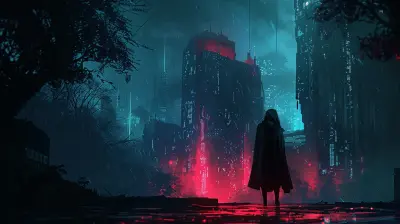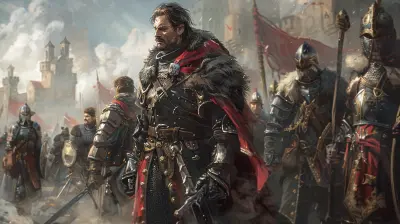Building the Perfect Anti-Hero: Using Customization for Storytelling
20 July 2025
Let’s face it: heroes are overrated. Yep, I said it.
Sure, they’re noble, brave, and all that jazz—but let’s be honest. The real spice in any game story often comes from the one walking the shady line between good and evil. The anti-hero. That morally gray character that punches a villain in the gut but might also steal grandma’s jewels right after.
So, how do you build one in a game world that’s detailed enough, layered enough, and most importantly—personal enough to make you emotionally invested? It starts with one word: customization.
This isn’t just about slapping on a pair of dark shades and calling it edgy. Nah. We’re diving headfirst into the depths of personalities, scars (literal and figurative), and choices that shape unforgettable characters. Let’s break it all down and build the perfect anti-hero, one customizable piece at a time.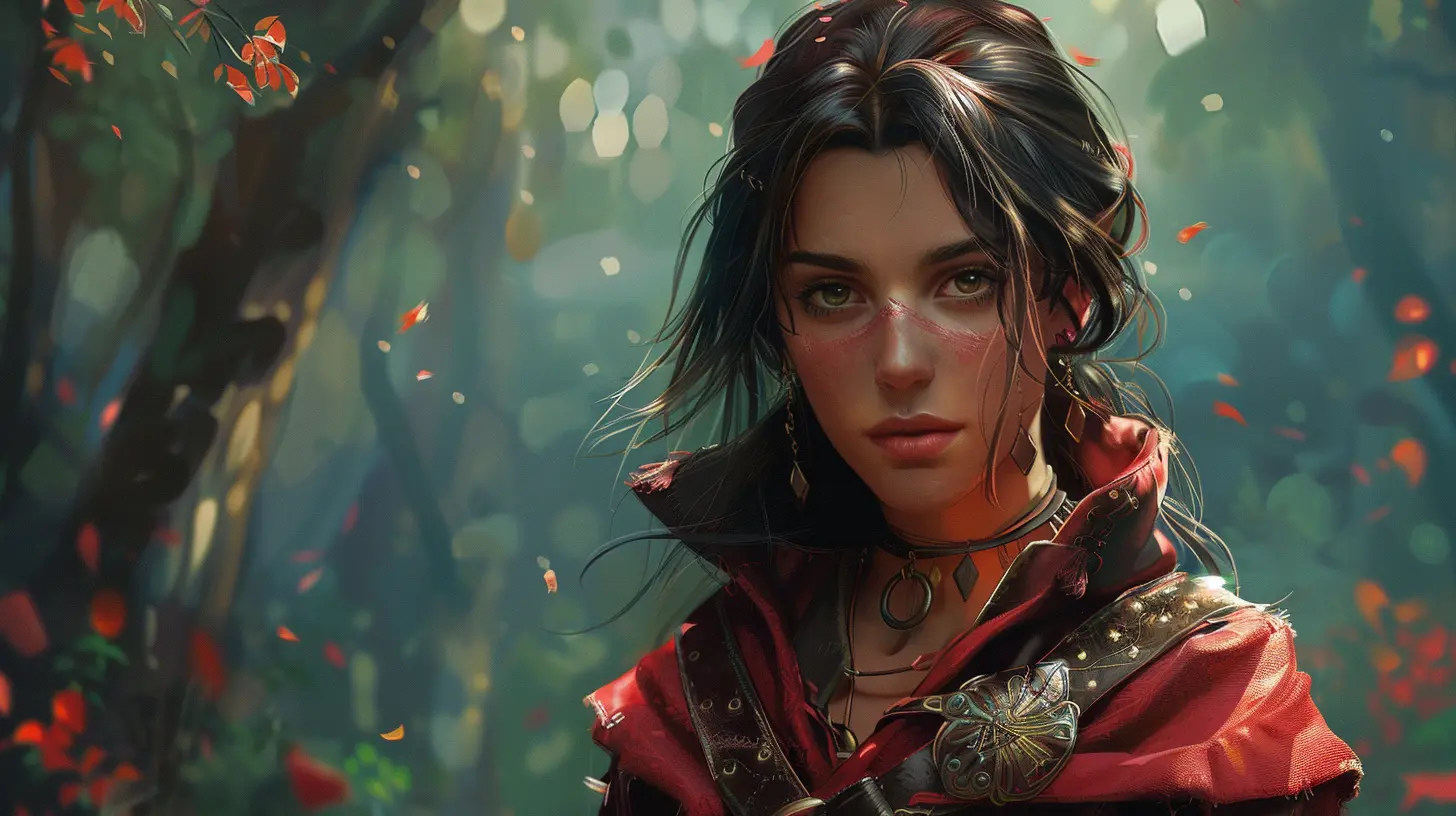
What Makes an Anti-Hero So Damn Compelling?
Before we even touch sliders or skill trees, let’s answer this: what is it about anti-heroes that hook us in?They’re messy.
Emotionally, morally, socially—they don’t fit the cookie-cutter format of your typical savior. Think Geralt of Rivia, Arthur Morgan, or V from Cyberpunk 2077. They’re complicated, and that complexity mirrors real life a lot more than the shining beacon of hope we often see in “traditional” heroes.
They’re relatable. They make mistakes, they regret them, and sometimes… they don’t. And that unpredictability? That’s narrative gold.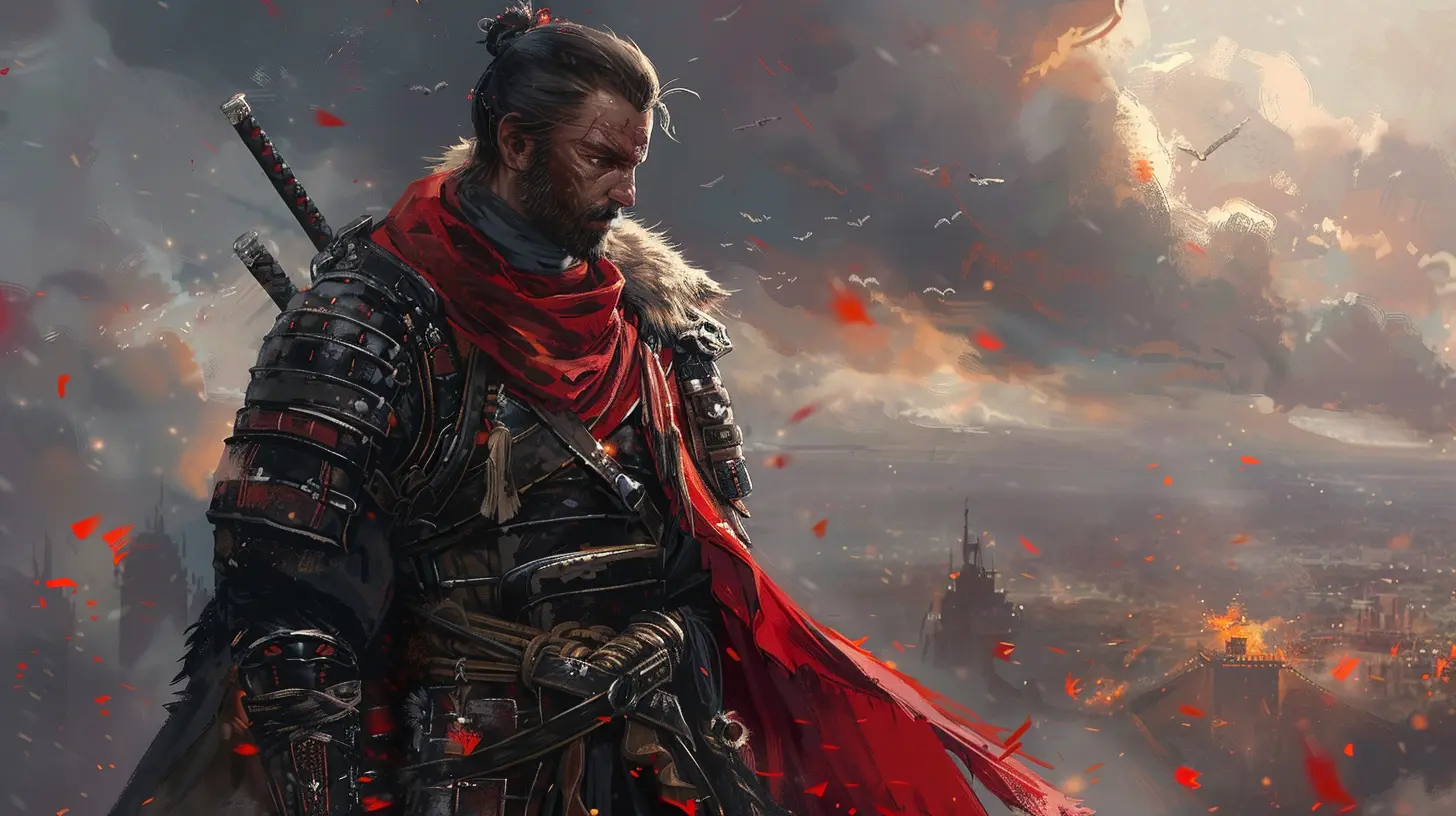
Customization: The Anti-Hero’s Secret Weapon
Alright, now that we know why anti-heroes are awesome, let’s talk about how customization can be used to enhance their storytelling arc. Because, let's be real, nothing screams “this is MY character” more than tweaking every little detail about them.1. Character Appearance: Show, Don’t Tell
First impressions matter—even in games.When you're crafting an anti-hero, their appearance needs to scream backstory. Those facial scars? Not random. Maybe they got them in a botched heist. Their tired eyes? A lifetime of trauma. Their clothes? A mix of utility and style, maybe relics from past lives.
Use the character creator like a painter uses their brush. Every tattoo, hairstyle, and piece of gear is a storytelling choice.
⚔️ Pro Tip: Look for games that allow layered customization—like tattoos that tell a story or armor with history. This is your visual narrative toolbox.
2. Personality Traits: The Real Plot Twisters
Now we’re getting juicy.The best anti-heroes aren’t just about tough looks. Their defining feature? Internal conflict. And that’s where personality customization works wonders.
Start with flaws. Not annoyances—actual character-shaping flaws. Maybe your anti-hero is painfully loyal but dangerously vengeful. Or maybe they lie as a defense mechanism. Build these traits into the dialogue options, morality systems, or choice-driven paths.
🥴 Ask Yourself:
- What haunts them?
- What’s one line they’ll never cross?
- What’s one they’ve already crossed and regret?
Games that let you influence your character’s personality arc—think Mass Effect’s Paragon/Renegade system or The Witcher 3’s dialogue decisions—are your playground.
3. Backstory: The Skeletons in the Closet
Customization doesn’t have to end at the “start game” button. Many RPGs allow players to choose backgrounds that shape NPC interactions, open specific quests, and alter story paths.If your anti-hero used to be a soldier turned mercenary, that should matter. If they were an ex-criminal trying to go clean? Even better.
🗡️ Here’s the gold mine: Let the backstory influence how others react. Did you betray someone in your past? Imagine them showing up later, looking for revenge. That’s how you turn backstory into living, breathing narrative fire.
4. Moral Choices: Gray is the New Black
If the hero’s path is a straight road, the anti-hero’s is a winding mountain pass with fog, potholes, and wild bears. Their journey is shaped by tough moral choices—and customization means giving power to the player’s hands.Let’s say your character is forced to choose between saving an innocent or finishing a high-paying job. The decision they make can ripple through the world and define how they’re remembered (or feared).
🔥 Hot Take: Morality meters are cool, but nuanced consequences are cooler. Make choices matter beyond “good” or “evil.” Give us a world that remembers our dirty deeds—and treats us differently because of them.
5. Skill Trees: Power with Personality
Here’s where many players miss the narrative potential of customization.Skill trees aren’t just about maxing damage output or unlocking new moves. They’re about defining who this anti-hero is. A character who prioritizes stealth over brute force? That tells us something. One who pours all points into persuasion over combat? That’s character development, baby.
💣 Build With Intent:
- A lone wolf sniper? Cold, calculating.
- A brawler with crowd-control moves? Maybe they enjoy the chaos.
- A tech genius who avoids confrontation? Possibly battling inner demons.
Every skill choice is another color in your anti-hero’s moral palette.
6. Relationships: Allies, Rivals, and Everything In-Between
Let’s not forget one essential ingredient: how your anti-hero interacts with others.Games like Dragon Age, Cyberpunk 2077, and even Fire Emblem let you build dynamic relationships. Romance, rivalry, betrayal—they all add emotional depth. And how you respond to these moments should shape the character’s evolution.
💔 Example: Choosing to lie to save a friend vs. telling the truth and losing trust. Either way, the impact should be permanent. The world remembers. The people do, too. And your character? Changed.
7. Gear and Loot: Drip with a Backstory
We all know gamers love loot. But let’s elevate that.What if your character’s worn-out jacket belonged to a dead partner? What if their favorite blade was taken as a trophy after a tragic betrayal? Suddenly, it’s not just gear—it’s storytelling.
🔧 Customize for Emotion:
- Armor pieces that reflect past events.
- Weapons with names and lore tied to your choices.
- Trinkets or accessories that act like diary entries.
Make every piece of gear an echo from the past.
8. Voice and Dialogue: Give Them a Voice That Bites
Some games let you pick your character’s voice—and if they do, don’t sleep on it.Tone, delivery, sarcasm level—it all adds personality. Pair voice with sharp, choice-driven dialogue trees, and suddenly your anti-hero’s personality is fully fleshed out in spoken words.
🎙️ Choose wisely:
- Are they cold and calculating?
- Snarky with a dash of charm?
- Gruff, emotional, unpredictable?
The voice isn’t just sound. It’s soul.
9. Legacy Systems: Storytelling Beyond the Screen
Okay, this one’s for the hardcore RPG fans.Some games—especially in emergent systems or multi-story campaigns—let your actions carry over. Think of it as world memory. Your anti-hero’s past sins (or redemptive acts) bleed into the future.
Imagine playing a sequel and bumping into someone who hates you from a choice you made 40 hours ago. Now that’s some next-level immersion.
🧠 Tip: If a game offers legacy options or save imports, dive in. It’s the long-haul method of character storytelling—and it’s beautiful chaos.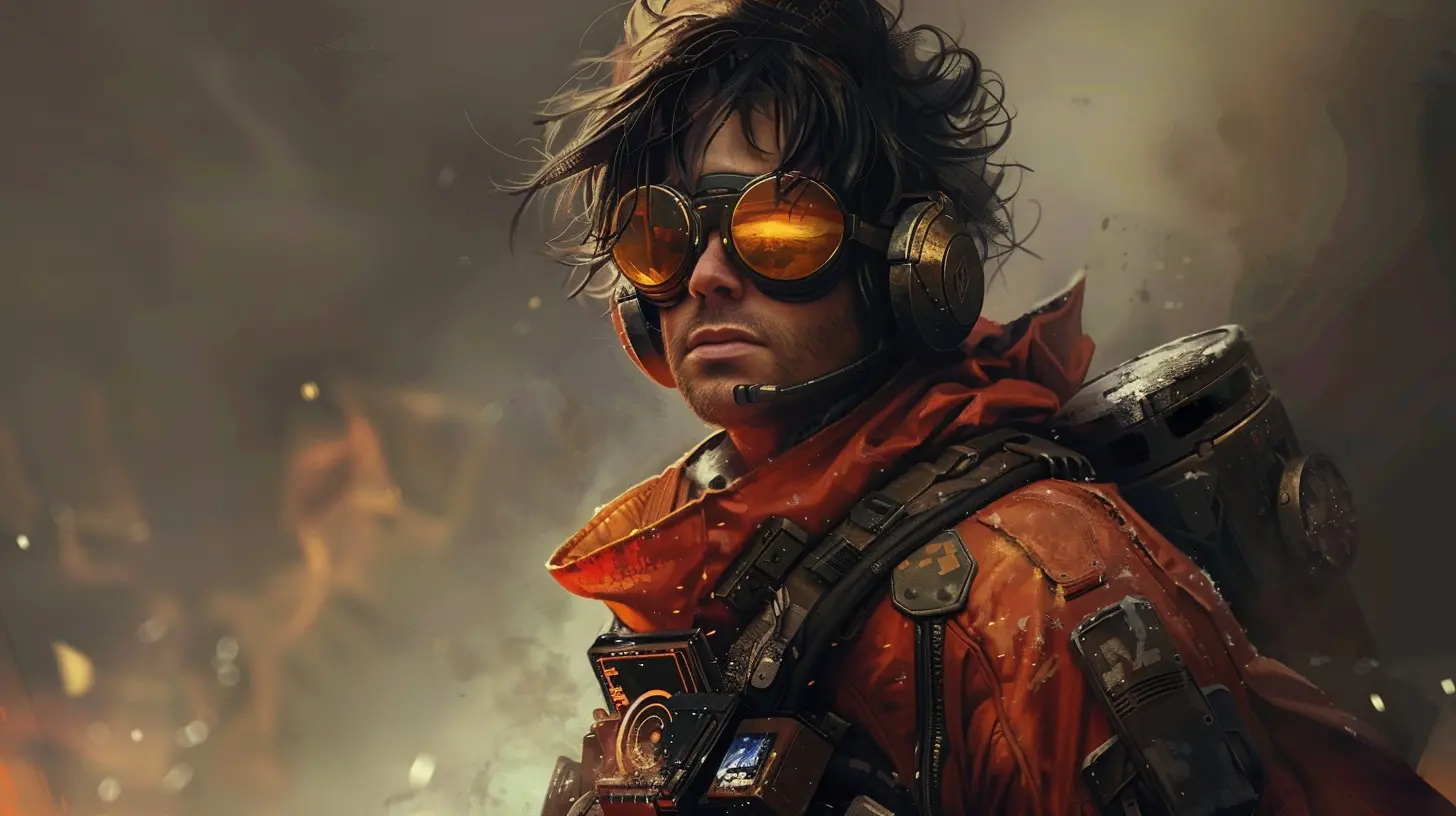
Why This Matters: Immersion at Its Peak
So, why go through all this trouble? Why stress over scar placement or morality sliders?Because building the perfect anti-hero—through deep customization—is how we connect. It’s how games transcend pixels and bytes. When we see a part of ourselves (or who we could be) in a character, the emotional investment skyrockets.
You’re not just playing a game. You’re telling a story. A raw, gritty, unforgettable one.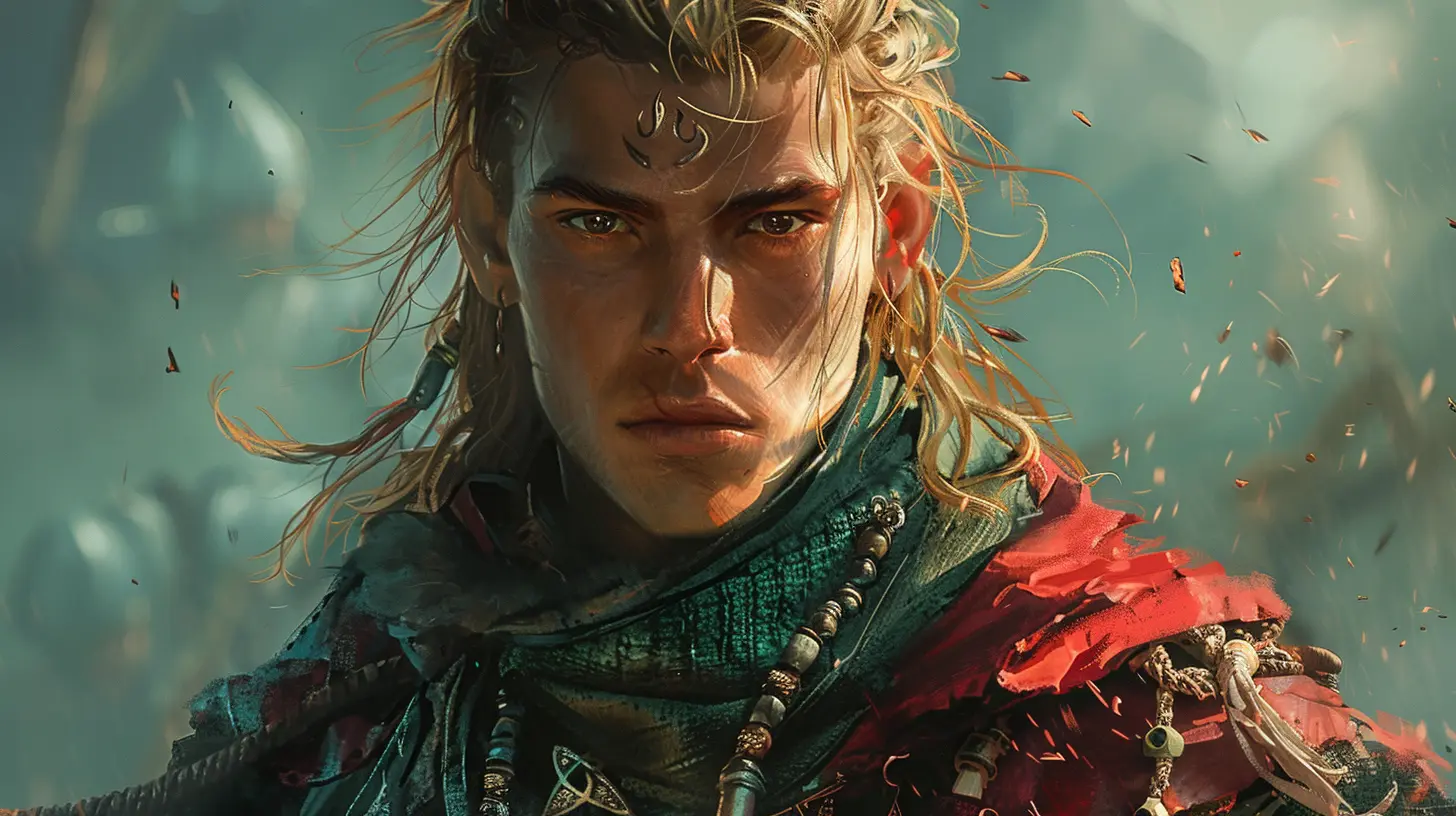
Final Thoughts: Your Story, Your Shade of Gray
Here’s the takeaway: building a great anti-hero isn’t about breaking rules just to be cool. It’s about layered choices, deep customization, and making the world around them feel their presence.Whether you’re taking down corporate overlords or just trying to outrun your past, make every decision, every tweak, and every action count. Build someone torn, complex, and powerful.
Because "perfect" doesn’t mean flawless.
It means real.
all images in this post were generated using AI tools
Category:
Character CustomizationAuthor:

Tayla Warner
Discussion
rate this article
2 comments
Mae Chapman
Customization enriches character depth and player choice!
October 25, 2025 at 4:47 AM

Tayla Warner
Absolutely! Customization allows players to shape their anti-hero's personality and choices, making the story more immersive and personal.
Thalyn McCord
Customization enhances narrative depth, allowing players to shape complex, relatable anti-hero journeys.
July 27, 2025 at 3:33 AM

Tayla Warner
Thank you! I completely agree—customization not only enriches the narrative but also fosters deeper connections to nuanced anti-hero journeys.
